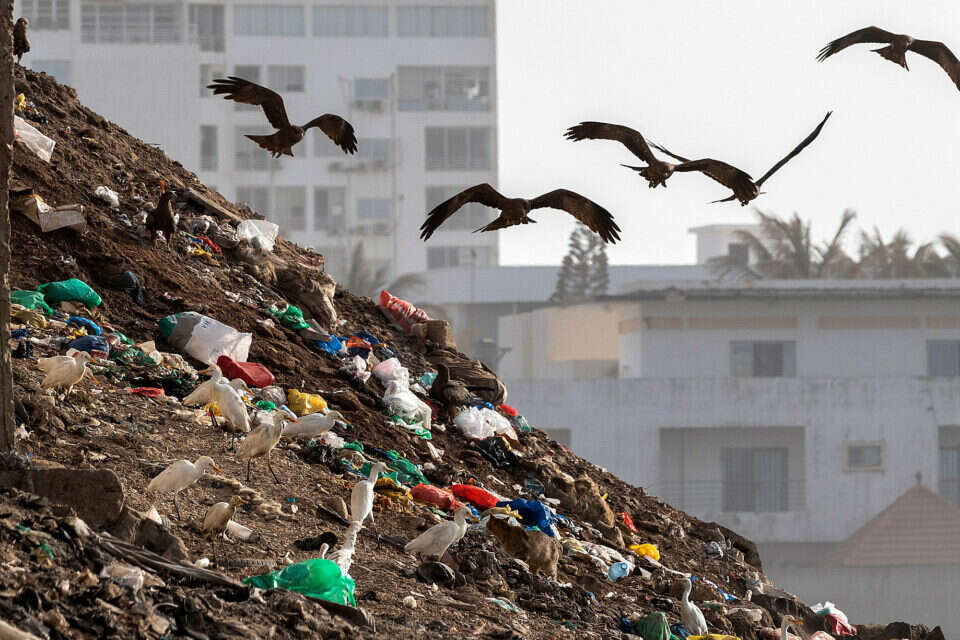In line for the environment?
A new sophisticated development is expected to help clean up the vast amounts of plastic found in lakes and rivers.
A small fish-shaped robot 15 millimeters long is the latest and most advanced development for collecting microplastic particles that pollute tunnels and lakes and in the future maybe even from the oceans.
The small robot moves relatively quickly in the water and it collects the plastic particles with the help of its negative charge.
That is, the charge of the microplastic is positive while the electric charge of the robot is negative and so the plastic particles are attracted to it even if it does not touch them.
Watch: The robot designed to help clean up lakes and rivers // Photo: ACS Publications
In practice, it turns out that the robot is really sticky for the plastic particles, which it attracts in large quantities even when the environment is problematic and the plastic is stuck in various grooves.
Another advantage of the robot, developed at Sichuan University in China, is its water resistance.
The robot is made of the mother-of-pearl material, a relatively durable material that has proven much more water resistant than other robots developed for this purpose.
It also moves in a way that simulates real fish and is even powered by a laser beam that moves its tail.
The robot's rate of progress per second is 2.67 its body lengths per one second.
This is faster than any other type of cleaning tool developed to date, another promising point of the tool.
The problem of microplastics
The problem with microplastic particles stems from the fact that it is a decomposed plastic, less than 5 millimeters in size, that goes down to the bottom of the sea or floats in the water and looks like food to animals.
This 'food' gets stuck in the stomach and causes those who ate it to starve to death, with extensive damage to the entire food chain that hangs over these small organisms.
The need to clean plastic waste from water sources on Earth is a huge challenge as it is estimated that every year plastic waste enters the sea in an amount ranging from 4.8 to 12.7 million tons.
This amount also includes plastic waste that has decomposed and is in the water.
Were we wrong?
Fixed!
If you found an error in the article, we would love for you to share it with us

